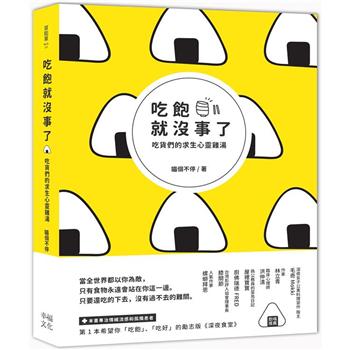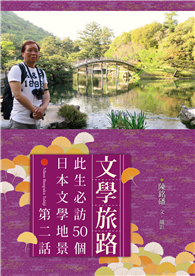In this paper I intend to demonstrate and revalue the importance of freehand sketching in the academic and cognitive training of architecture students, which will ultimately be a transcendental basis in the architectural design process. In Chapter 1, I make a comparison of the schools of architecture in Peru and Latin America with those in the United States and Spain, highlighting wide differences in terms of the time load dedicated to freehand drawing, which is linked to the freedom and creative capacity of the student. Some deficiencies that affect the creative process of architectural design are evidenced. In chapter 2, I go deeper into the typologies of freehand sketching based on my academic and professional experience, which will be useful and will be applied according to their level of complexity and under certain professional circumstances as well as specific characteristics of a required project. There is no intention to question or qualify under any circumstances the imagination and architectural production of those creative people who start from digital drawing device because it means a valid resource to design.
| FindBook |
有 1 項符合
Sketch: The basis of architectural design的圖書 |
 |
Sketch: The basis of architectural design 作者:Linares 出版社:Our Knowledge Publishing 出版日期:2023-01-30 語言:英文 規格:平裝 / 56頁 / 22.86 x 15.24 x 0.33 cm / 普通級/ 初版 |
| 圖書館借閱 |
| 國家圖書館 | 全國圖書書目資訊網 | 國立公共資訊圖書館 | 電子書服務平台 | MetaCat 跨館整合查詢 |
| 臺北市立圖書館 | 新北市立圖書館 | 基隆市公共圖書館 | 桃園市立圖書館 | 新竹縣公共圖書館 |
| 苗栗縣立圖書館 | 臺中市立圖書館 | 彰化縣公共圖書館 | 南投縣文化局 | 雲林縣公共圖書館 |
| 嘉義縣圖書館 | 臺南市立圖書館 | 高雄市立圖書館 | 屏東縣公共圖書館 | 宜蘭縣公共圖書館 |
| 花蓮縣文化局 | 臺東縣文化處 |
|
|
圖書介紹 - 資料來源:博客來 評分:
圖書名稱:Sketch: The basis of architectural design
|











